
Bruno Erpicum was the architect entrusted with designing this warehouse conversion. It is now the home of a couple with a passion for architecture who were keen to make one of Dusseldorf’s rare ruins their own. The reconversion was closely overseen by the administrative authorities, since this old factory in the city center miraculously avoided damage during the many bombings of World War II. Across from the coachman’s passageway are some garages that stand in front of the entrance court. The court is dotted with screens that flank the entrance and seclude off the “day patio”. The history of the city is reflected in the glass panels, reminding you of the building’s heritage. A facade made entirely of glass stands completely independently of the old structures, showing off their immense scale. The building is now protected against the elements and complies with energy performance requirements. The study opens boldly onto the garage and gym. The gloss painted furniture designed by architect Bruno Erpicum reflects the structural elements. A vast white space devoid of any accessories houses the sleeping accommodation in the conversion; the rotating door appears to be floating in the air. An enormous living room is arranged between the pilasters that are displayed with pride.
The artist’s design highlights the existing brickwork that supports the flagstone roof; here again the wear inflicted over time is openly displayed. The architecture unpretentiously magnifies the materials. The kitchen is arranged in the exterior deambulatory. The bedroom is housed in a “white box” that has been perfected with the utmost care. It is encircled by a “night patio” illuminated using zenithal light that sweeps across the surrounding brickwork. The light itself becomes a material, rebounding off the objects it touches and reminding us of the building’s history. The walls of the bedroom are perfectly smooth, whereas the bathroom is surrounded by rough pilasters. A flow of natural light is ensured by the night patio, a space created by the removal of the roof around the edge of the bedroom. Pieces of raw concrete were used to create the bath, shower and washbasin. The starry ceiling over the Turkish bath completes the composition.
In the interior, the architects partitioned off private spaces with a system of free-standing walls.
The warehouse’s original concrete floors and ceilings were preserved.
An organic wood table, futuristic white modern chairs, and a silver pendant light define the modern dining space.
Modular sofas comprise the living room area.
The glossy white kitchen, tucked behind a brick wall.
A floating concrete sink; light emanates from the mirrored cabinets.
The spa overlooks a light-filled (yet private) courtyard.
The architects added a steel-and-glass garage addition to the brick warehouse structure.
Photos: Jean-Luc Laloux

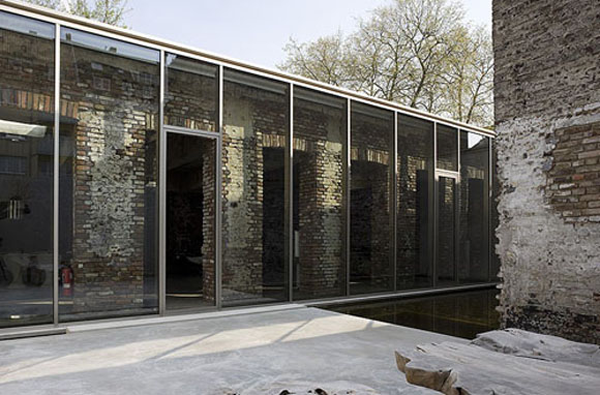

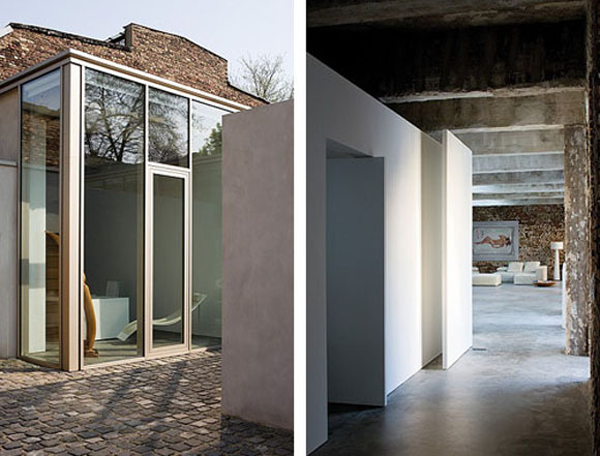
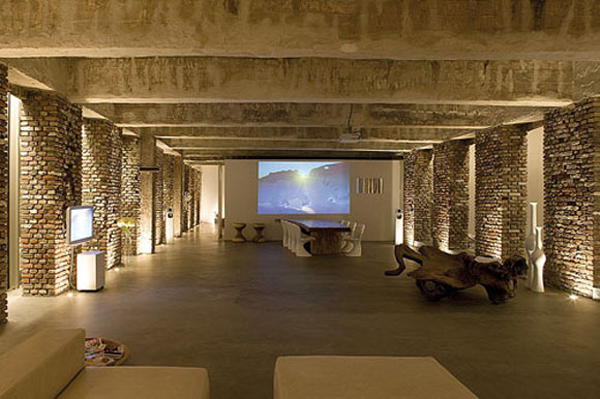

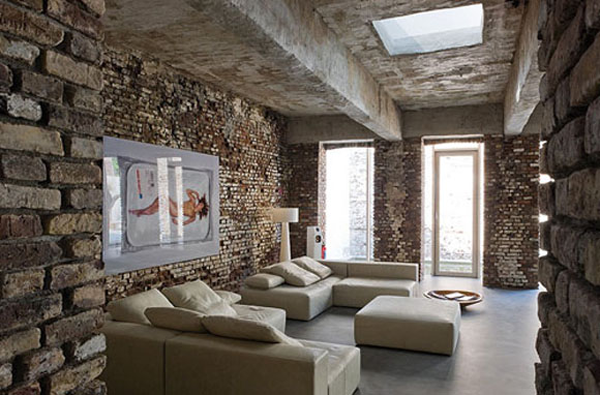



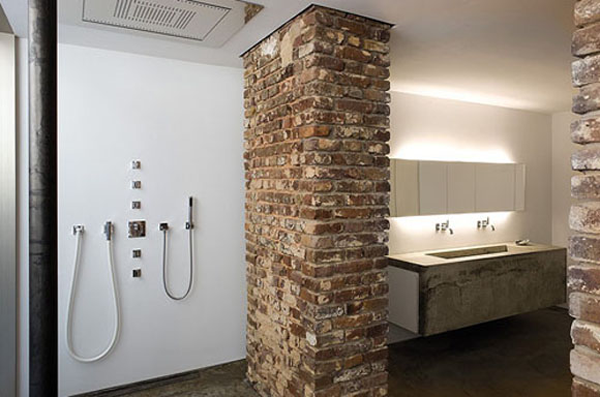
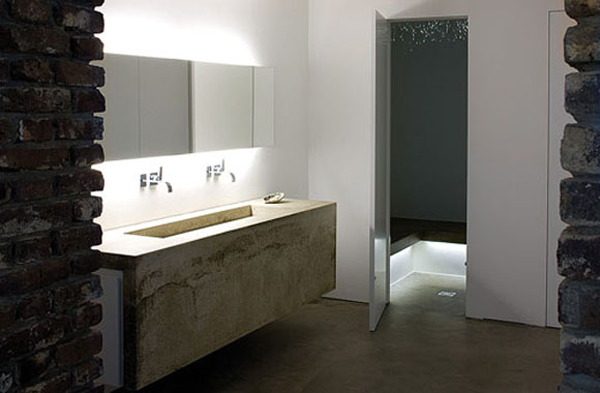

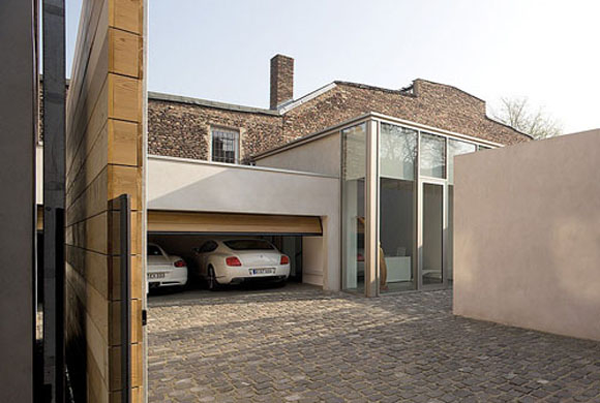
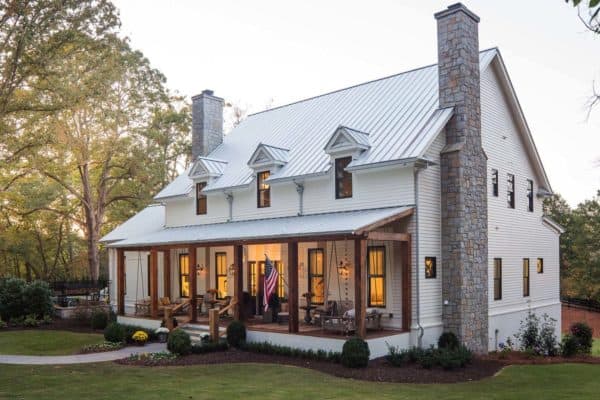
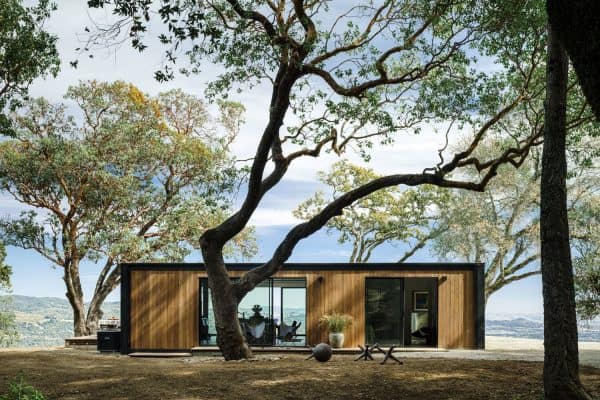
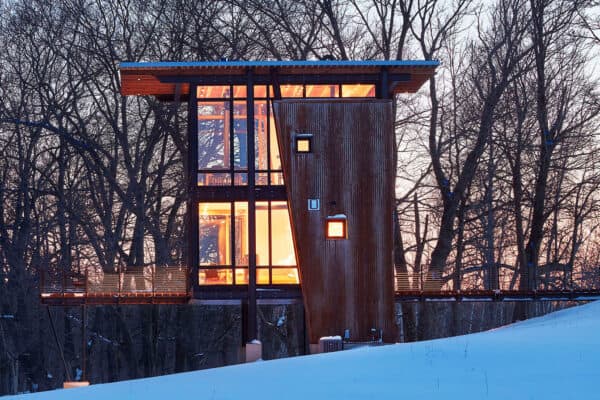

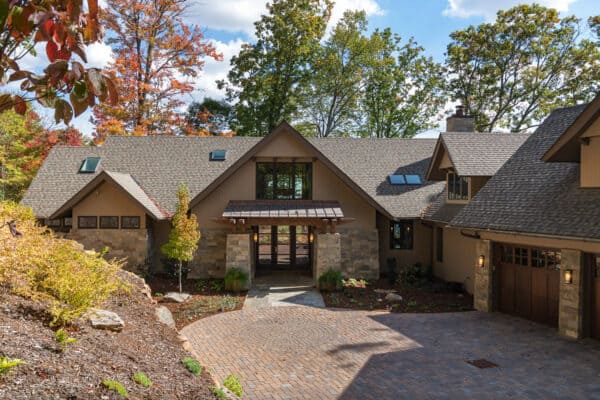

1 comment